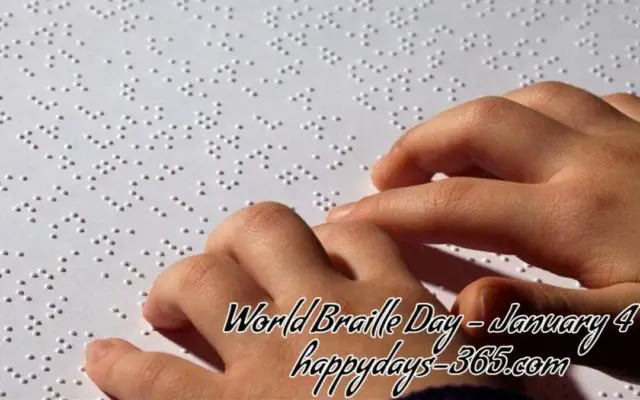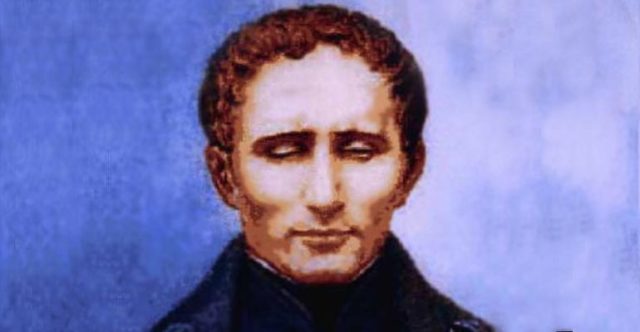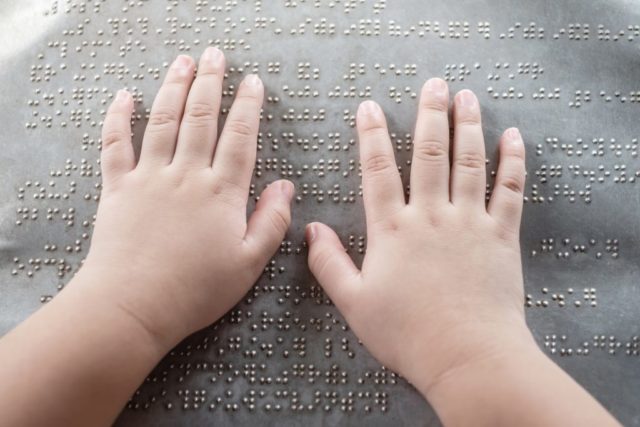
January 4th of each year was proclaimed by the United Nations General Assembly as the “World Day of the Braille Reading and Writing System”, to create greater awareness of its communicational importance for the blind or visually impaired people of our planet.
Braille is a tactile reading and writing system designed for blind people and was devised in the mid-19th century by the Frenchman Louis Braille, which is why this system bears his last name. It is important to know that this system is not a language, but an alphabet. That is, letters, punctuation marks, numbers, scientific spelling, mathematical symbols, music, etc. can be represented. It consists of six-point raised dots, organized as a matrix of three rows by two columns, which are conventionally numbered from top to bottom and from left to right.
Since when is this date celebrated?
World Braille Day emerged in November of the year 2000, when the world organization of the blind set the date for the commemoration every January 4th, making it coincide with the birthday of the creator of the system: Louis Braille in 1809 in France. But it was as of December 2018 when the UN officially recognized and declared World Braille Day, highlighting multilingualism, as one of the basic values of the United Nations.
It should be noted that this writing system is used by blind or visually impaired people to read all kinds of books and publications. It is estimated that people can read 104 to 125 words per minute with this method.
Braille guarantees the intercommunication of information between people with this characteristic, also allowing them to achieve more independence and equality when gaining and transmitting knowledge. And as reflected in article 2 of the Convention on the Rights of Persons with Disabilities: “it is essential for education, freedom of expression and opinion, for access to information and inclusion in society.
A brief history of Louis Braille

Louis Braille became blind due to an accident during his childhood while playing in his father’s workshop. Later on in life, he based the system on one invented by a military officer named Charles Barbier de la Serre reinventing the system based first on a matrix of 8 points and then on 6. And today the Braille system is the universal means for all people who suffer from visual difficulties.
Important facts about the Braille system
The World Health Organization reported that presently around 1.3 billion people in the world suffer from some type of visual impairment which makes them more likely to live in poverty, have worse health conditions and are disadvantaged in access to education and employment.
With regards to the same theme, the UN has launched its first official report on disability and development this past year, coinciding with the International Day of Persons with Disabilities in which the UN Secretary-General, António Guterres, urged the international community to step up the effort so that the rights of these people are fully respected. Braille is important in achieving this goal because it helps to promote the inclusion of people with visual disabilities in joining positively society and fully enjoying their human rights and fundamental freedoms.
Curiosities about the Braille system

Studies conducted by major universities conclude that people, who read in Braille, in most cases, do not need to finish reading a word, because they have already recognized it before. Similarly, they point out that people who lose vision in adulthood find writing easier than reading in Braille. This happens because they do not have the sense of touch as developed and do not perceive the letters with touch as easily as children.
Today the Braille system has been implemented in various everyday objects as a way of inclusion. Here are some of them: Soda cans with an expiration date in Braille, Rubik’s Cube in Braille, and many other things like tattoos, rings, bibs, baby clothes, bags, pillboxes, etc.

